What is a wall pack light
A wall pack light is an area lighting luminaire that is typically attached to a building wall or other vertical exterior surface and illuminates specific geometric areas for safe entry and exit of building users, building edge parking, building perimeter identification, and security enhancement. Wall packs are a special category of outdoor wall lights in that they’re utilitarian light fixtures designed and engineered with durability, energy efficiency, and photometric performance in mind. They are ideal for use in warehouses, loading docks, parking areas, commercial facilities, industrial buildings, big-box retail stores, restaurants, gas stations, or anywhere wall mounted security or perimeter lighting is desirable. However, the industrial aesthetic exuded by wall pack lights means that they also fit into residential spaces such as porches, sidewalks, garage perimeters, and apartment complexes.
Light distribution
Proper distribution of the luminous flux from luminaires is one of the essential considerations in the selection of outdoor lighting systems. The light pattern of wall pack lights can be identified by their reach in front and to each side of a single fixture location. Wall packs have intensity distributions that are very asymmetric. The most popular types of transverse light distributions used by these luminaires are Type III and IV. A distribution is classified by Type III when the half-maximum-candlepower isocandela trace within the longitudinal range falls between 1.75 and 2.75 times the mounting height (mh). The half-maximum-candlepower isocandela trace of Type IV distribution falls beyond 2.75 but does not exceed 3.7 times the mounting height. Wall packs that produce a Type IV distribution is commonly known as “Forward Throw” luminaires. The reach to each side of a single fixture location is known lateral light distribution. Lateral light distributions are divided into three groups: short (2.25 mh maximum), medium (2.25 – 3.75 mh), and long (3.75 – 6.0 mh).
Obtrusive light control
Beyond distribution and range, wall pack lights are identified by how well they control light in the upper portion of the beam and other directions that results intrusive lighting. Previously, the optical design of wall packs was based on IES cutoff classifications (noncutoff, semicutoff, cutoff, and full cutoff) which define the proportion of a luminaire’s output that is distributed at 80° and 90° above nadir. Currently the luminaire optical performance related to light trespass, sky glow, and high angle brightness control is evaluated by the new backlight, uplight, and glare (BUG) rating system. The lower the BUG rating, the less the amount of offensive light produced by a luminaire. The “U” rating is most important to wall packs, as it relates to limitation of uplight. Most applications require the wall packs to have an uplight rating of U0 where the luminaire emits no light above 90 degrees. The glare rating of asymmetrical lighting systems should not exceed G2 which allows a maximum of 225 lumens in the FVH secondary solid angle (80° – 90° vertical) and 5000 lumens in the FH secondary solid angle (60° – 80° vertical).
LED lighting rises to dominate the mainstream
LED technology opens up far-reaching possibilities for maximizing energy efficiency, reducing maintenance costs, improving photometric performance, and incorporating new functionalities. LEDs can now achieve efficacy levels of over 200 lumens per watt (lm/W), which translates to an electrical to optical power conversion efficiency (PCE) of over 60%. The direct nature of LEDs enables highly controllable lighting systems with optical delivery efficiencies of 80% to 90%, which are considerably higher than conventional omnidirectional light sources (40% to 60%). LEDs are inherently dimmable and instantaneously controllable. These semiconductor devices can be readily integrated with sensor and control systems, which would result in further energy savings through the use of lighting control strategies such as occupancy sensing, daylight harvesting, demand response and automatic scheduling. The small size and high density output of LEDs enable more freedom in new form factors of luminaires. Furthermore, the solid-state nature of LEDs offers up greater resistance to shock, vibration, and external impacts.
Design and construction
An LED wall pack is an integrated system in which the light source is no longer a separate element and the luminaire is no longer a lamp holder. The operating characteristics of LEDs require that the LED luminaire is designed and engineered using a systems approach. The performance and reliability of an LED wall pack light are determined by all its constitutive parts and their reactions upon environmental or operational stresses. These constitutive parts include the light source in the form of an LED module, driver, control devices, thermal management system, and optics. The LED module is an assembly of mid-power SMD, high power, COB or CSP packages. The LEDs are mounted onto metal core printed circuit board (MCPCB) which includes a circuit layer for electrical connections, a dielectric polymer layer providing electrical insulation, and an aluminum heat spreader. A thermal interface material (TIM) is often placed between the MCPCB and heat sink to minimize the interfacial contact resistance, ensuring effective heat transfer from the circuit board to the heat sink. Integrated design allows the housing to be used as the heat sink, thereby creating more surface area for dissipate heat to the ambient atmosphere. To ensure the effective delivery of the light to the target, the luminous flux from the LEDs may be regulated by optical components such as reflectors and compound lenses.
Drive current regulation and control
In addition to thermal management, significant effort is invested to improve the efficiency and reliability of the LED driver. The driver is typically the weakest link in an LED lighting system. LED wall packs are line-operated systems which require the driver to converts a commercial alternating current into a direct current matched to the electrical characteristics of the LED module. The driver must be designed to transform power appropriately and efficiently while protecting the LEDs against damage resulting from electrical shorts, overloaded circuits, and over-temperature conditions. The driver must fulfil the power factor and electromagnetic interference (EMI) filtering requirements. Where dimming will be required as part of any lighting control strategy, the LED driver should be able to work with a standard dimming control circuit of 0–10V or other dimming system. The driver of an LED wall pack is often required to pair with timers, photocells, and motion sensors for greater energy savings or regulatory compliances.
Defense against environmental influences
LED wall pack lights are generally constructed of die cast aluminum which provides high efficiency thermal transfer as well as solid durability. The aluminum housing undergoes a multi-stage intensive pretreatment process before a durable polyester powder coat finish is electrostatically applied. The finish thus provides excellent salt and humidity resistance as well as resistance to ultraviolet degradation. The LED module is protected by a tempered glass lens that is fully gasketed to the housing. The complete luminaire must be rated for use in wet locations with a minimum ingress rating of IP65. A pressure stabilizing breather may be built into the housing to equalize pressure differentials within sealed enclosures.

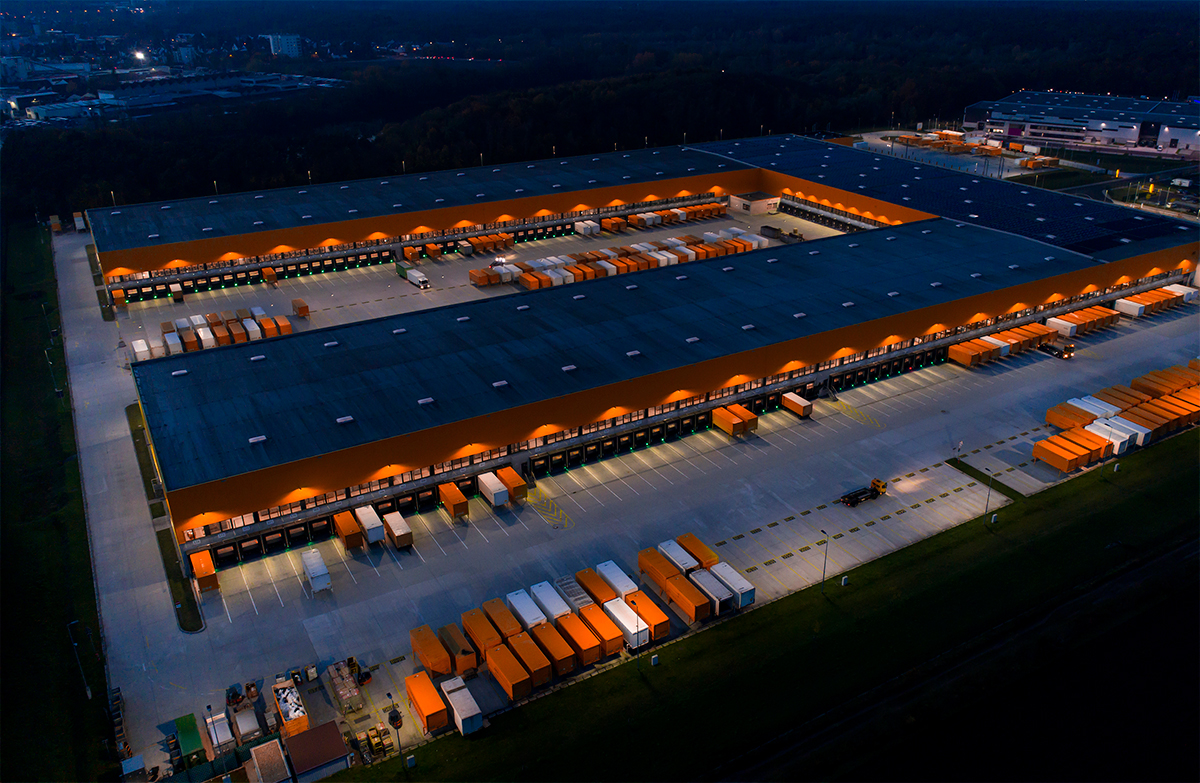
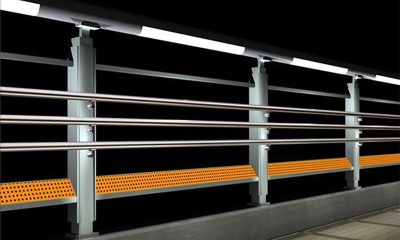
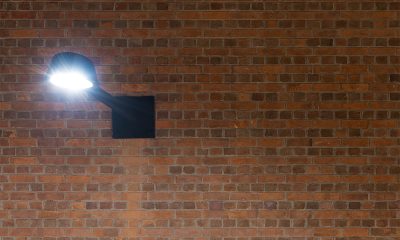

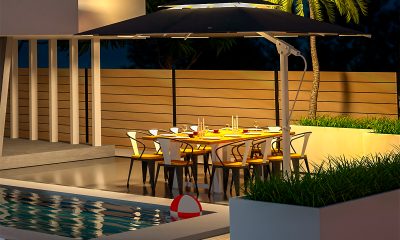

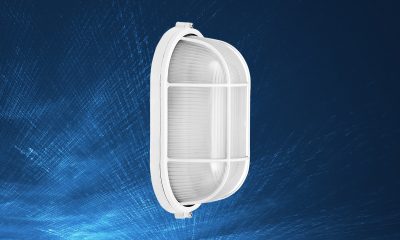

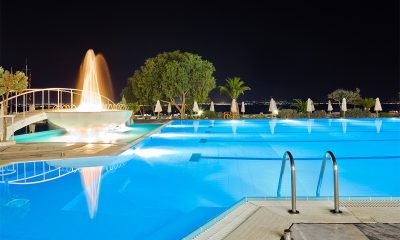
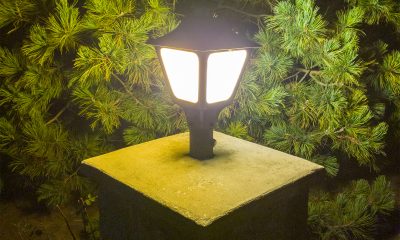


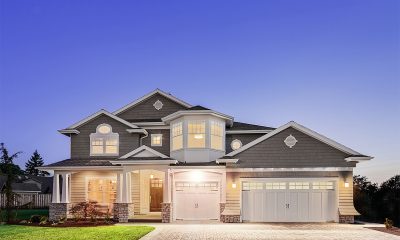





Loading...
New member